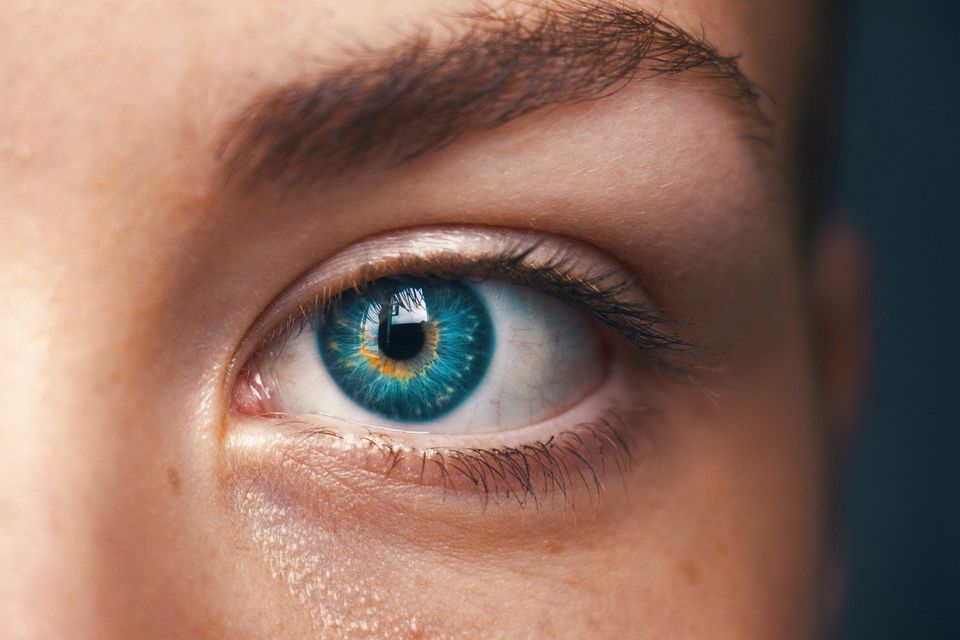Trichiasis
Keep your eyelashes out of your eye
Our eyelashes help keep dust and dirt out of our eyes, but what happens when the eyelashes that are supposed to protect our eye become the irritant? It causes a condition called trichiasis.
What Is Trichiasis?
Trichiasis is the name of the condition that occurs when eyelashes start growing inwards toward the eye instead of out and away from it. This causes the lashes to rub against the eye and the inner part of the eyelid, which leads to eye irritation and the uncomfortable feeling that something is constantly stuck in the eye.
If the condition persists for a long period of time without treatment, it can lead to eye infections, scarring on the cornea, or even damage to your vision in severe cases. To prevent long-term damage to the eye and your vision, schedule an appointment with your eye doctor if symptoms appear.
Causes of Trichiasis
There are many potential causes for trichiasis. Often, it is the result of another eye condition or trauma to the eye.
Eye Infection – Various types of eye infection can lead to trichiasis. It’s common for blepharitis, inflammation of the eyelids, to cause trichiasis because it can irritate the base of the eyelashes and cause misdirected growth.
Eye Trauma – Injury to the eye, especially burns, can disrupt the normal growth of the eyelashes and cause trichiasis.
Herpes Zoster Ophthalmicus – This condition, more commonly known as shingles, causes a painful rash on the forehead and eyelids. The rash can lead to a host of other serious eye problems, including trichiasis.
Congenital Eyelid Conditions – Some people are born with eyelids that have extra loose skin or the eyelid is turned inward. These types of conditions can cause trichiasis due to the way the eyelashes rub against the rest of the eye area.
Trachoma – Trachoma is a serious eye infection that is a leading cause of preventable blindness across the world. While trachoma is rare in the US, it is widespread in developing nations. Trichiasis is one of the results of this infection.
Rubbing Eyes
– In children, trichiasis can occur from rubbing their eyes too much.
Trichiasis Symptoms
While the condition can sometimes have no symptoms, common symptoms patients experience include:
-Eye irritation and a feeling that something is in your eye
-Redness, tearing, and pain
-Sensitivity to light
Treating The Condition
Treatment of trichiasis depends on the severity of the condition and the underlying cause. If there are just a few eyelashes turned inward, your eye doctor can simply remove them with forceps, although this may not treat the problem long term.
In cases where many lashes are misdirected, or if the condition keeps returning, the most likely treatment option is surgery to remove the offending eyelashes. There are several types of outpatient surgery to treat trichiasis and your eye doctor can discuss with you the best option.
If the trichiasis is caused by a congenital eyelid condition, additional surgery will likely be required to correct the condition to prevent it from coming back. Likewise, if an injury has caused permanent damage or scarring to the eye that is causing trichiasis, further surgery may be required to repair the damage and allow eyelashes to grow normally again.
If you’re experiencing symptoms of trichiasis, schedule an appointment with South Gibson Eyecare today. Our experienced eye care team can help diagnose and treat many eye conditions. Call us at 812-401-7777 for an appointment.


